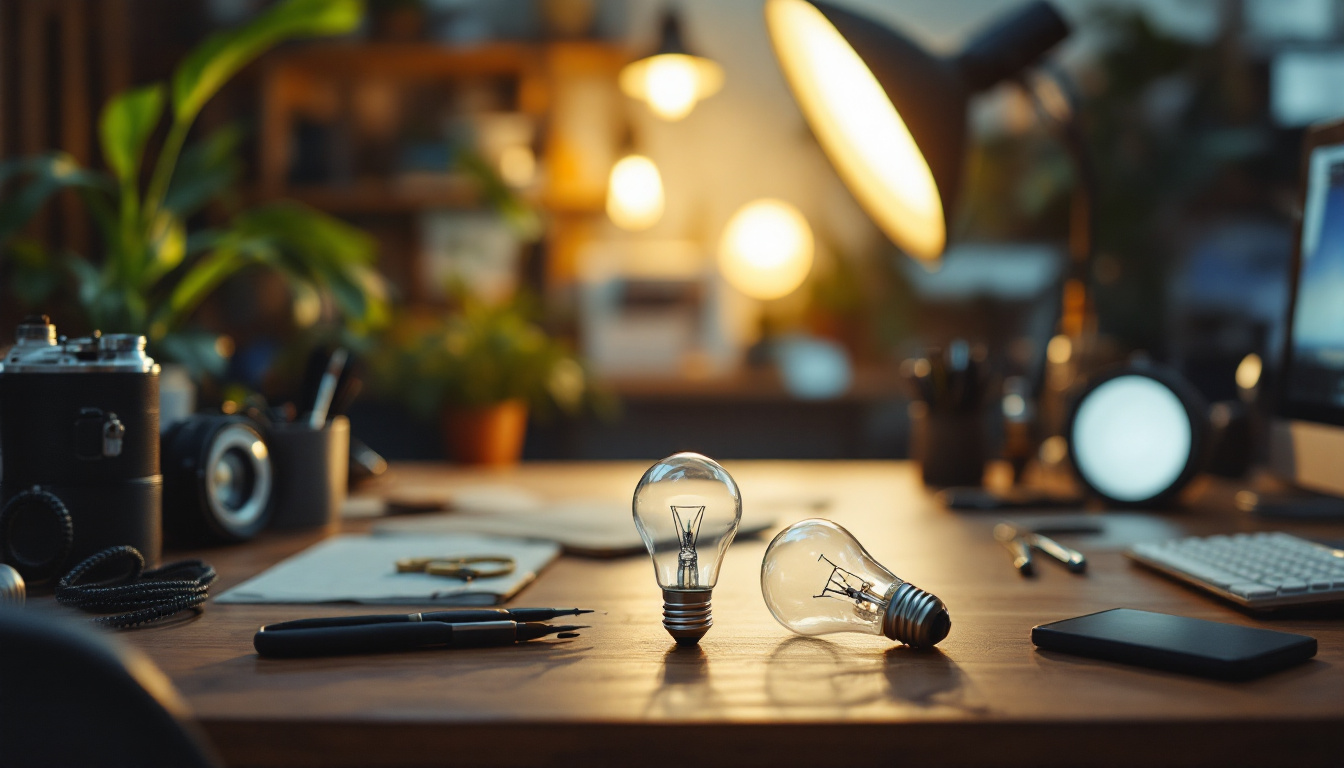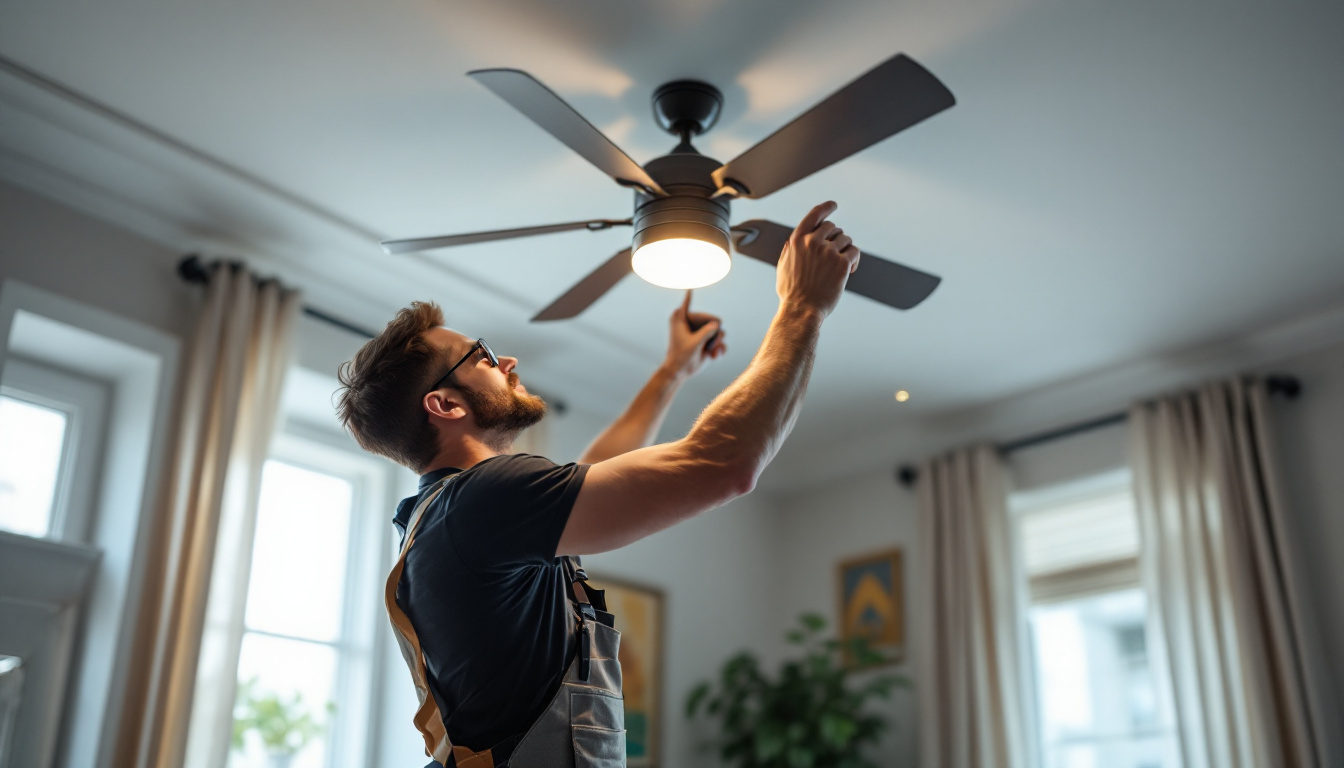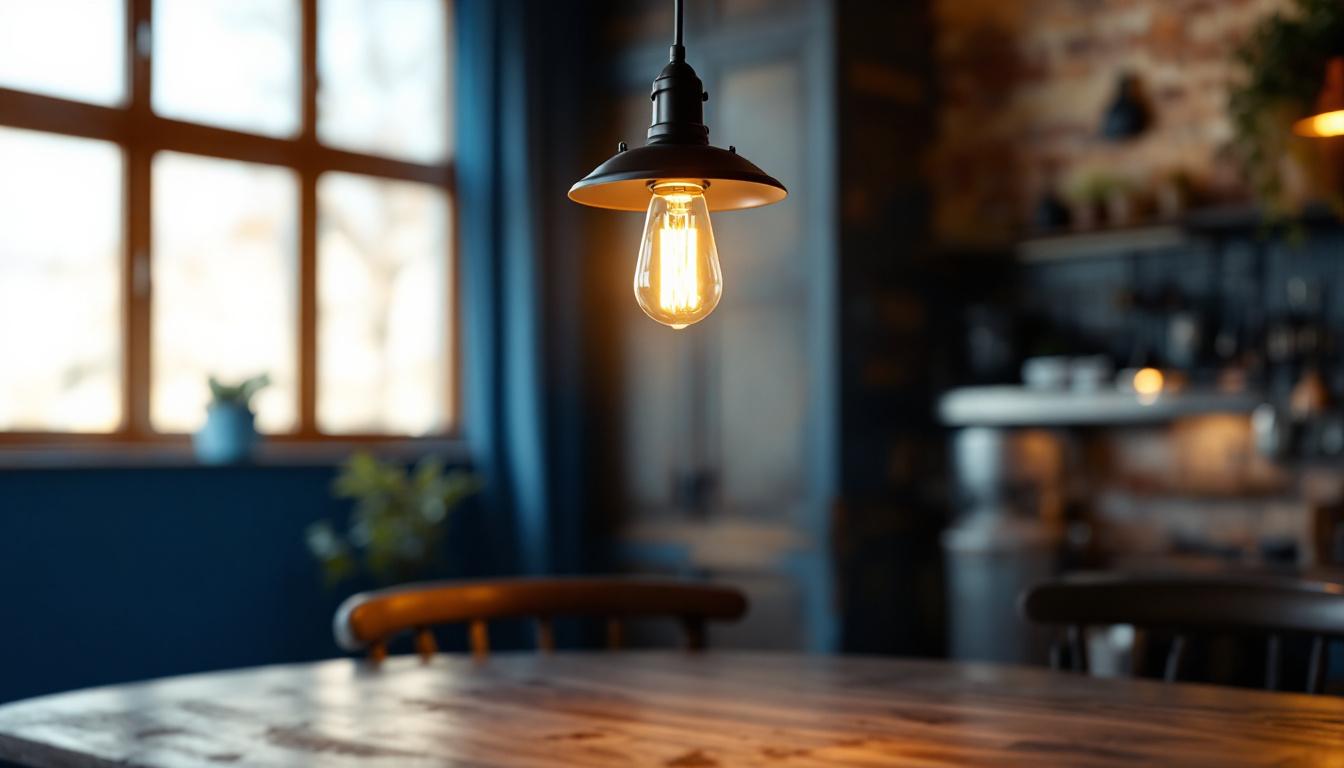
halide bulbs have become a staple in the lighting industry, known for their efficiency and ability to produce bright, high-quality light. For lighting professionals, understanding the nuances of halide bulbs is crucial for ensuring optimal performance and longevity in various applications. This article provides a comprehensive checklist that covers essential aspects of halide bulbs, from selection to installation and maintenance.
Halide bulbs, particularly metal halide lamps, are a type of high-intensity discharge (HID) lighting. They are favored for their excellent color rendering and high lumen output, making them ideal for commercial, industrial, and outdoor lighting applications. However, before diving into the checklist, it’s important to grasp the basic principles behind halide bulbs.
Halide bulbs consist of a quartz or ceramic arc tube filled with gas and metal halides. When electricity passes through the gas, it creates an arc that produces light. The metals in the halide compound contribute to the bulb’s color temperature and efficiency. This technology allows halide bulbs to emit a bright, white light that closely resembles natural daylight. The ability to produce such a high-quality light makes them particularly useful in settings where accurate color representation is crucial, such as art galleries and photography studios.
These bulbs are commonly used in various settings, including:
Each application may require different considerations regarding bulb selection and installation, making it essential for lighting professionals to be well-versed in the specifics of halide technology. For instance, in sports facilities, the lighting must not only be bright enough to illuminate the playing field but also designed to minimize glare for both players and spectators. Additionally, in retail environments, the use of halide bulbs can enhance product visibility, drawing customers’ attention to merchandise while providing a welcoming atmosphere.
Moreover, halide bulbs are known for their longevity compared to traditional incandescent bulbs, often lasting up to 20,000 hours or more. This extended lifespan can lead to significant cost savings over time, as it reduces the frequency of replacements and maintenance. However, it’s also important to note that they do require a warm-up period to reach full brightness, which can be a consideration in applications where immediate illumination is necessary. Understanding these nuances can help users maximize the benefits of halide technology in their specific lighting projects.
Choosing the right halide bulb is fundamental to achieving desired lighting outcomes. The following checklist outlines key factors to consider during the selection process.
The first step in selecting a halide bulb is to determine the required lumen output for the space. Lumen output varies significantly between different bulbs, and understanding the specific lighting needs of the area is crucial. Consider the following:
Using a lighting calculator can help estimate the necessary lumen output based on these factors. It’s also important to account for any natural light sources that may influence the overall brightness during different times of the day. For instance, a space with ample windows may require fewer lumens than a completely enclosed area. Additionally, consider the reflectivity of walls and surfaces, as these can enhance or diminish the perceived brightness in the room.
Color temperature, measured in Kelvin (K), influences the ambiance and functionality of a space. Halide bulbs typically range from 3000K to 6000K. Warmer temperatures (3000K-4000K) are suitable for residential and hospitality environments, while cooler temperatures (4000K-6000K) are ideal for commercial and industrial applications. Consider the following when selecting color temperature:
In addition to the general guidelines, it’s beneficial to think about how color temperature can affect the appearance of colors within the space. For example, a cooler light can enhance the vibrancy of colors in a retail setting, making products more appealing to customers. Conversely, warmer light can create a cozy atmosphere in a restaurant, encouraging patrons to linger. Testing different bulbs in the actual environment can provide valuable insights into how the color temperature interacts with the decor and materials.
energy efficiency is a significant consideration in today’s lighting landscape. Halide bulbs are known for their efficiency compared to traditional incandescent bulbs, but it is essential to assess the wattage and lumen output ratio. Look for bulbs with:
Choosing energy-efficient bulbs not only lowers electricity costs but also contributes to sustainability goals. Furthermore, consider the environmental impact of the bulbs you choose. Many manufacturers are now producing halide bulbs that are free from harmful materials, such as mercury, making them a safer choice for both the environment and human health. Additionally, some energy-efficient options may qualify for rebates or incentives from local utility companies, further enhancing the cost-effectiveness of your lighting solution.
Once the right halide bulb has been selected, proper installation is critical to ensure safety and performance. The following checklist provides essential guidelines for installation.
Before installation, it is essential to review the manufacturer’s guidelines and specifications for the chosen halide bulb. This includes:
Adhering to these guidelines will help prevent issues related to compatibility and performance.
Halide bulbs require specific fixtures designed to handle their heat and electrical requirements. Verify that:
Using incompatible fixtures can lead to reduced performance or even safety hazards.
Safety is paramount during installation. Ensure that:
By following safety protocols, the risk of accidents and injuries can be significantly minimized.
Dust and debris can accumulate on halide bulbs and fixtures, diminishing light output. Implement a cleaning schedule that includes:
Regular cleaning helps maintain optimal lighting conditions and prolongs the life of the bulbs.
Flickering or dimming lights can indicate underlying issues with the bulb or ballast. Regularly check for:
If any issues are detected, promptly investigate and replace faulty components to prevent further problems.
Halide bulbs have a finite lifespan, typically ranging from 10,000 to 20,000 hours. To avoid unexpected outages, establish a replacement schedule based on usage patterns. Consider the following:
Proactive replacement helps ensure consistent lighting quality and reduces the risk of downtime.
As lighting professionals become more aware of environmental impacts, it is essential to consider the ecological footprint of halide bulbs. The following checklist provides guidance on environmentally responsible practices.
Halide bulbs contain materials that can be harmful to the environment if not disposed of correctly. Follow local regulations for:
Educating clients about proper disposal methods can also promote environmentally responsible behavior.
While halide bulbs are efficient, there are emerging technologies that may offer even greater energy savings. Consider exploring:
Staying informed about advancements in lighting technology can help lighting professionals offer the best solutions to clients.
Lighting professionals play a crucial role in advocating for sustainable practices within their organizations and among clients. Encourage:
By promoting sustainability, lighting professionals can contribute to a greener future while enhancing their reputation in the industry.
Halide bulbs remain a vital component of modern lighting solutions, offering versatility and efficiency across various applications. By following this essential checklist, lighting professionals can ensure they select the right bulbs, install them safely, and maintain them effectively. Furthermore, considering environmental impacts and advocating for sustainable practices will enhance the overall value provided to clients.
As the lighting industry continues to evolve, staying informed and adaptable will be key to success. Halide bulbs may be a traditional choice, but with the right knowledge and practices, they can continue to illuminate spaces effectively for years to come.
Ready to elevate your lighting projects with the efficiency and versatility of halide bulbs? Look no further than LumenWholesale for all your lighting needs. We provide lighting professionals with high-quality, spec-grade lighting products at unbeatable wholesale prices, ensuring you get the most value for your investment. Our extensive selection is designed to meet the highest industry standards, so you can trust in the reliability and performance of our lighting solutions. Plus, with free shipping on bulk orders, you can stock up on premium lighting without worrying about hidden fees or complications. Make the smart choice for your lighting supplies and experience the best in wholesale lighting at the best value with LumenWholesale.

Discover how ceiling fan sales can influence lighting contractors’ projects, from budgeting and design considerations to installation challenges.

Explore the key differences between fluorescent and LED lighting in this comprehensive guide tailored for lighting contractors.

Discover how barn light fixtures are revolutionizing lighting design and installation with their blend of rustic charm and modern functionality.

Discover the significance of low profile drop ceilings for lighting contractors in this insightful article.